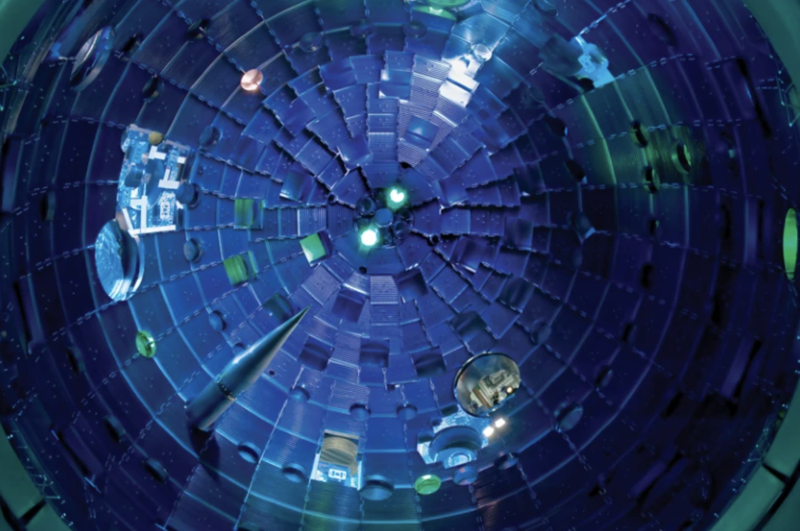The promise of abundant, clean, and cheap energy has been a staple of sci-fi forever, but a breakthrough by scientists at a US laboratory could take us one step closer to that dream.
What happened: A team of researchers at California’s Lawrence Livermore National Laboratory generated a net energy gain in recent fusion experiments, per the Financial Times.
- Fusion power seeks to harness the same reactions that power the sun to generate electricity.
- Despite decades of work, scientists have not been able to produce more energy through fusion reactions than they consume.
If the preliminary results are confirmed, that milestone has now been achieved.
- The fusion reaction at Lawrence Livermore reportedly generated 120% more energy than it consumed.
Why it matters: If it works, fusion would be an attractive power source and potentially reshape our energy landscape.
- Fusion reactions don’t generate carbon emissions or long-lived radioactive waste, and consume abundant materials readily available on Earth.
- It could also provide much more energy than current sources: fusing atoms together generates 4 million times as much energy as chemical reactions (like burning coal) and four times as much as existing nuclear fission technology.
Yes, but: Even if fusion can generate energy in a lab, there is a long (and expensive) road ahead before it reaches the point where it could be realistically used as an affordable, reliable power source.
